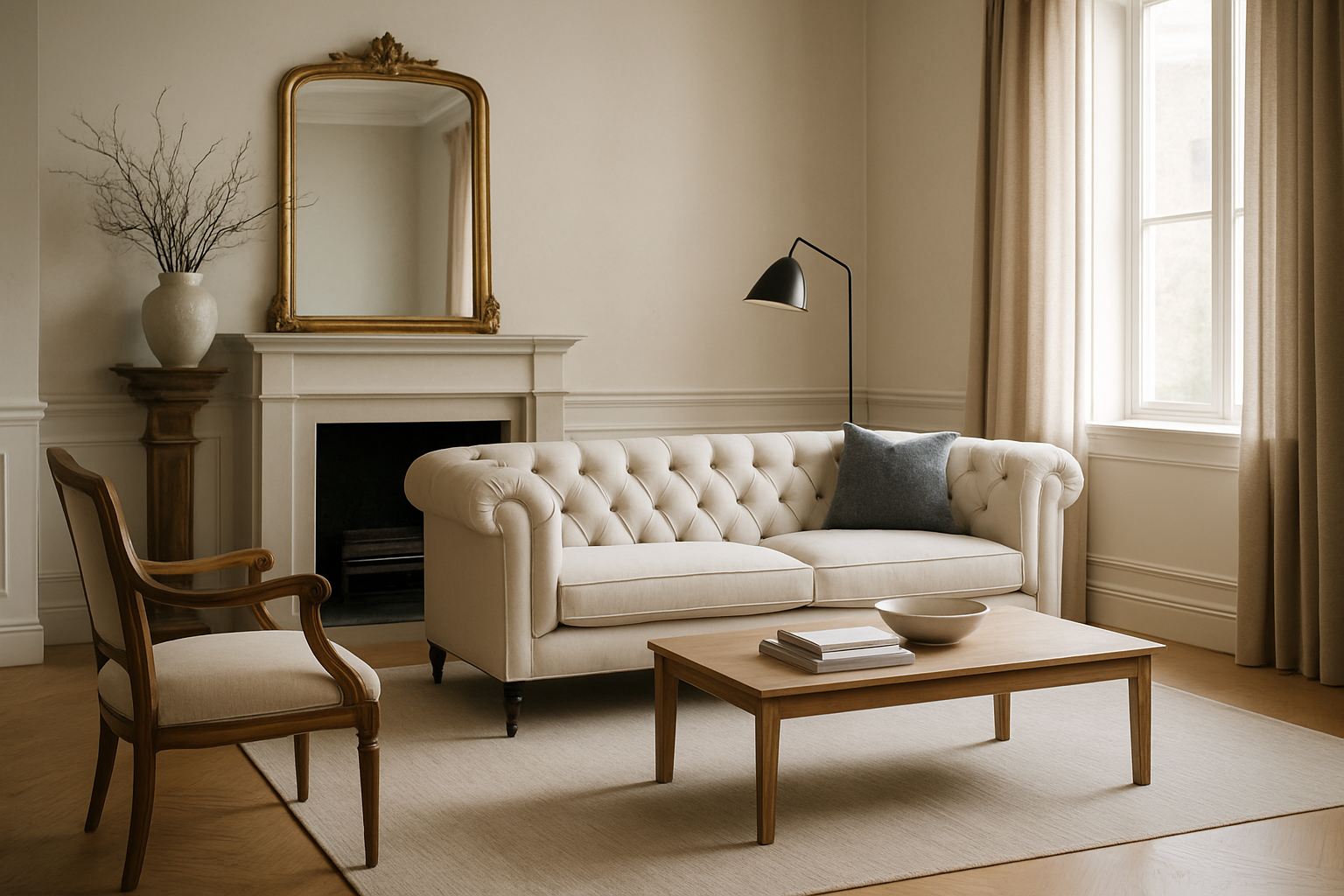"Fusing Vintage and Modern: An Exploration of Transitional Style"
Introduction: Transitioning from one style to another may seem like a daunting task but it's an opportunity to create a unique and personalized space. The art of blending vintage and modern design elements, also known as the transitional style, is often overlooked but can transform your home into a timeless sanctuary.

A Journey through Time: The Birth of Transitional Style
Transitional style is not a new concept in the design world. It dates back to the mid-20th century when homeowners started experimenting with a mix-and-match approach to interior design. This emerged from a desire to break away from the rigidly defined styles of the past, providing a platform for individuality and creativity. The result was a balanced blend of modern simplicity and traditional elegance.
Current Trends in Transitional Style
Today, transitional style continues to evolve, embracing a variety of design trends. From sleek lines and neutral colors of modern design to the rich textures and ornate details of traditional decor, the style covers a broad spectrum. Currently, there’s a shift towards a more minimalist approach, focusing on functionality and comfort. This includes the use of multifunctional furniture, subtle color palettes, and clean lines to create a serene and clutter-free living environment.
The Practicality of Transitional Style
Transitional style is not just about aesthetics—it also caters to practicality. By combining elements from both modern and traditional design, this style offers versatility, allowing homeowners to modify and adapt their spaces over time. The use of timeless pieces ensures longevity while the incorporation of modern elements adds a touch of freshness and relevance.
How Transitional Style Enhances Daily Living
The transitional style goes beyond just creating visually appealing spaces—it also contributes positively to daily living. The blend of modern and traditional elements creates a balance between comfort and sophistication, providing a soothing and welcoming atmosphere. Its emphasis on functionality ensures every item has a purpose, resulting in a clutter-free and organized space.
Transitioning Your Way: Expert Tips and Techniques
If you’re considering embracing the transitional style, here are some expert tips to get you started. First, remember to strike a balance between modern and traditional elements. This can be achieved by using modern furniture with classic finishes or traditional pieces with contemporary colors. Second, focus on creating a neutral and calming color palette. Finally, don’t forget to incorporate your personal style—after all, transitional design is all about individuality and creativity.
In conclusion, transitional style offers a unique opportunity to blend the old and the new, creating timeless spaces that are both functional and aesthetically pleasing. With a little creativity and careful planning, you can transform your home into a reflection of your personal style while also ensuring it remains practical and comfortable for daily living.





